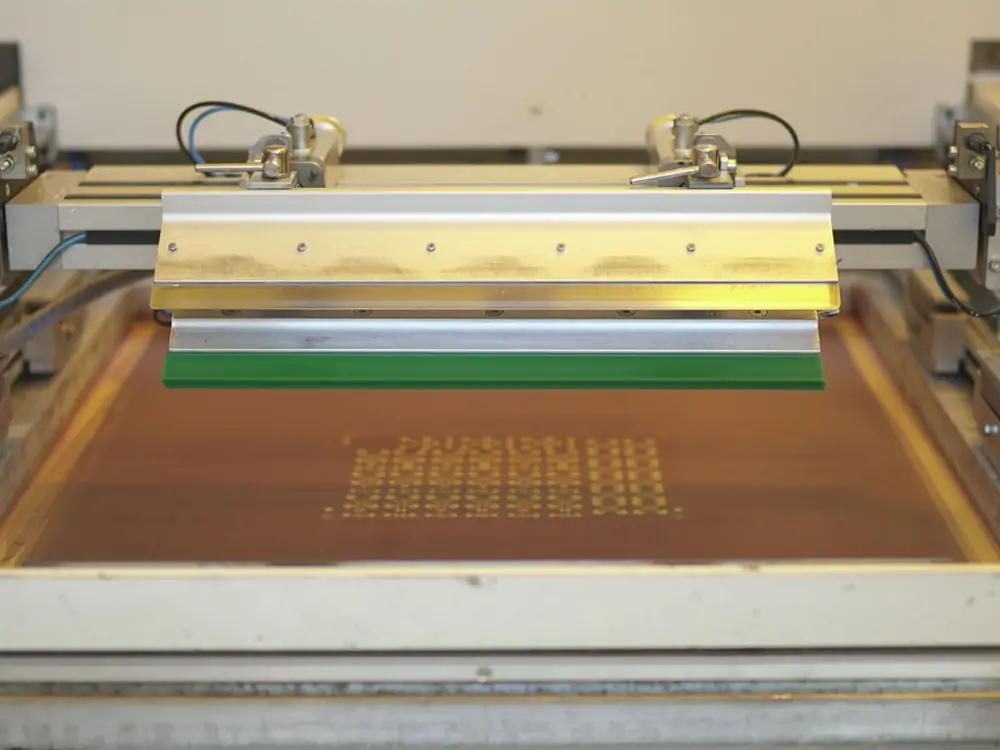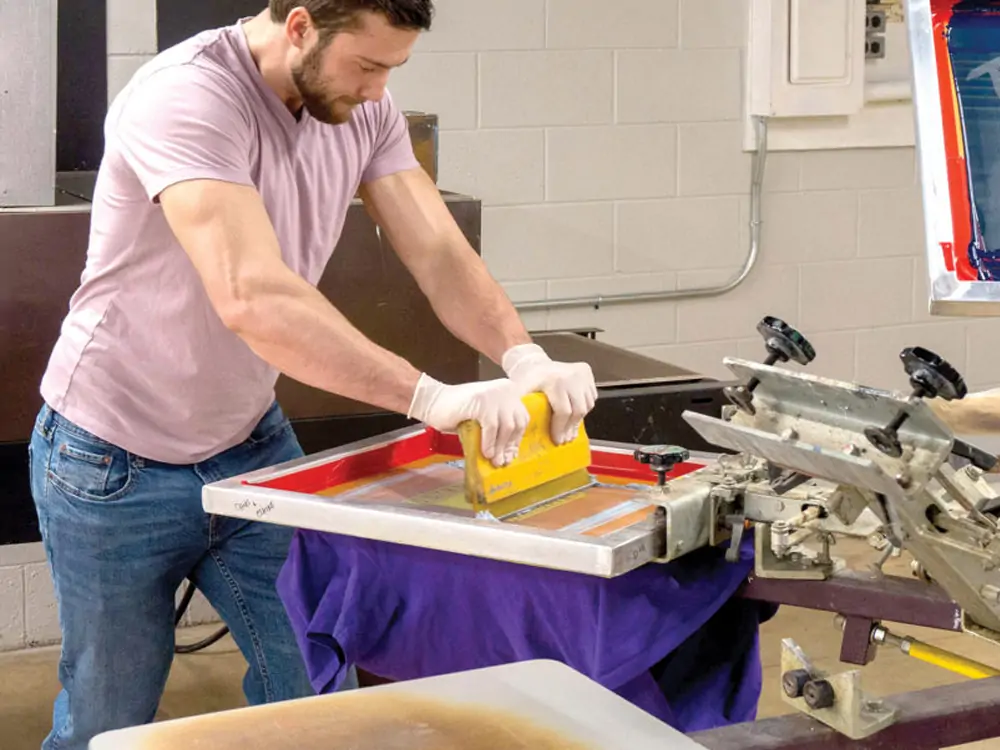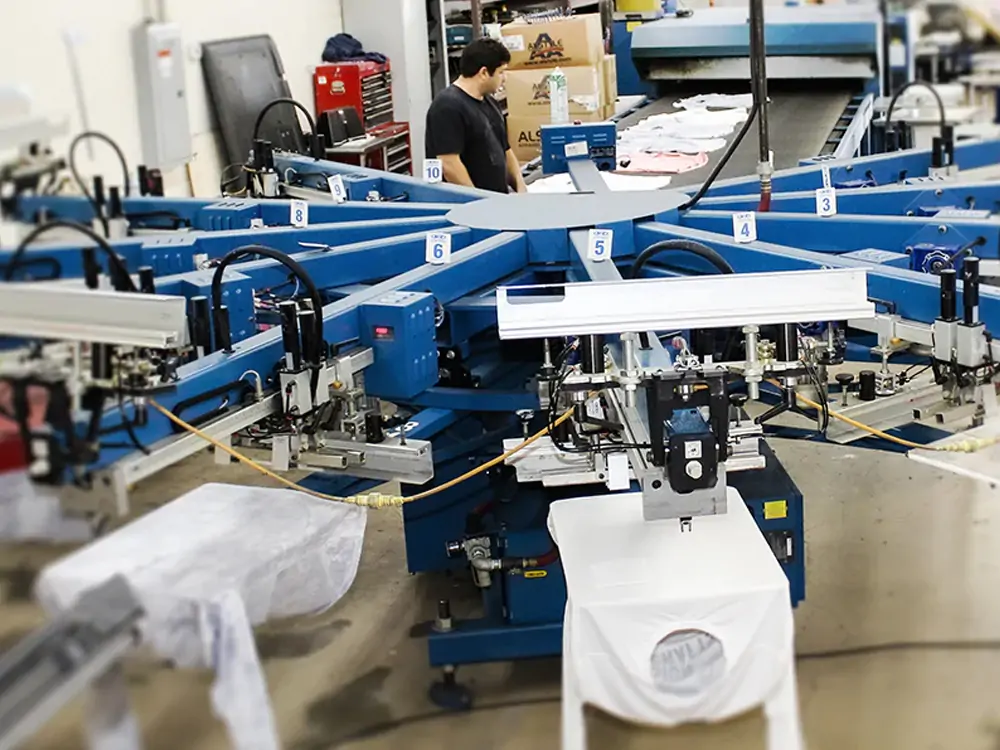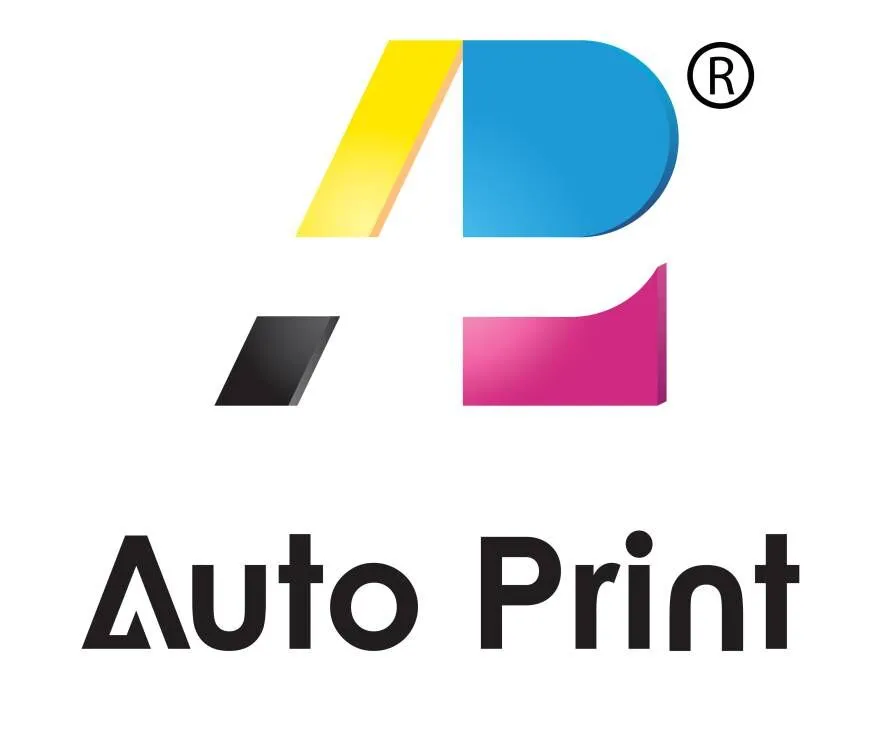Screen printing is a technique in printing for creating images and patterns on various surfaces. A specially formulated ink is forced through a screen mesh onto a substrate like fabric, paper, or plastic. The technique used in screen printing produces high-quality images used in different industries like apparel and textile, signage, and graphics. The screen printing machine has an excellent choice for creating high-quality, long-lasting prints. Screen printing is a cost-effective way to produce large orders of prints.
What is Screen Printing
Screen printing uses a mesh-based stencil to transfer ink to the fabric, paper, or plastic substrates. Screen printing is also known as serigraphy, silk screening, and serigraph printing. Screenprint has been used for centuries in China, Greece, and Rome. It is a printing method that is very popular for creating t-shirts, posters, and any printable items.
Screen printing is an excellent choice for printing large quantities of items, as the setup and production time are much faster than other methods. Additionally, it is one of the most cost-effective printing methods, as the price per unit is much lower than other methods. Screen printing also allows for a wide range of colors and effects, making it an ideal choice for creating high-quality graphics and designs.
Screen printing is an excellent choice for those looking to create custom graphics and designs, as it offers a low cost, high quality, and quick turnaround time. With the right equipment and a bit of practice, anyone can become a master of screen printing.

How Does Screen Printing Work
Screen printing is a versatile and popular method used to create custom graphics and designs on various substrates or surfaces. It is considered one of the most effective and economical methods of printing textiles, paper, glass, plastic, and other materials. The process is often used for printing large quantities of items such as t-shirts, posters, and other promotional materials.
Screen printing is a relatively simple process. It starts with a mesh screen that is stretched over a frame. The screen is treated with a photosensitive emulsion that hardens when exposed to light. The desired design is then printed onto a transparent film and placed on the screen. When exposed to ultraviolet light, the emulsion applied to the screen hardens, and the area of the screen not exposed to the light washes away, leaving a stencil of the desired design.
Once the stencil is complete, a squeegee forces the ink through the screen mesh. And this helps in creating the desired design. After the ink has been applied, the screen is removed, leaving the printed format behind.
The last thing is curing the ink. And it is done by exposing the substrate to either heat or ultraviolet light. The exposure helps to ensure that the ink adequately adheres to the substrate and does not wash away. Screen printing is quick and easy, making it ideal for large-scale production runs. Screen printing is an incredibly versatile printing method that can create various products. It is a perfect choice for businesses producing custom items in bulk. With the proper supplies and a bit of practice, anyone can become a master of screen printing.

Why Is Screen Printing So Popular
The popularity of screen printing is due to its simplicity, cost-effectiveness, versatility, and durability. Screen printing is a simple process that can be done in-house with minimal equipment, making it an affordable option for businesses and individuals.
Another thing that adds to its popularity is the extensive choice of colors that can be used with the technique. With the screen printer machine, printing companies can achieve the rich and intense coloring. The screen printer can also reproduce a design several times within a short interval. And this is because the stencil used for the screen print design can replicate it many times. With the right supplies and practice, anyone can learn to screen print.
What Can Screen Printing Be Applied To
Screen printing is a versatile technique capable of adding designs to different materials of different shapes, sizes and thicknesses. This versatile printing method can create a wide range of products. Some of the products that screen printing can be used for include clothing, promotional products, signs, posters, decals, signage and more.
Clothing is one of the most popular printed items using screen printing. T-shirts, hoodies, sweatpants and more can be printed with logos, designs and text. This method of printing is perfect for creating customized and personalized apparel.
Promotional products are also popular items printed using the screen printing method. Pens, mugs, water bottles, keychains, notebooks and more can be printed with logos, designs and text.
Screen printing can be applied to signs and posters. And it is a great way to create visual displays for promotional purposes or to add a personal touch to a space. The screen print method is perfect for creating signs for businesses, shops, schools and more. Decals can also be achieved with the use of the screen printing method. Decals are a great way to add a unique design to various surfaces, including cars, windows, furniture, walls and more.
Screen printing can also create various other items, including fabric, paper and other substrates.

Will Screen Printing Ink Fade
Screen printing ink is designed to last, but there is always the chance that it could fade over time. And when this happens, different factors may be responsible for the ink fading.
- Exposure to UV Rays: when a screen print ink is exposed to excessive sunlight, there is a tendency for it to fade. To avoid this, it’s essential to try and keep designs out of direct sunlight as much as possible. It’s also important to note that some inks are more prone to fading than others. Inks that contain a high amount of pigments, such as plastisol inks, are much more resistant to fading than inks that are thinner or have fewer pigments.
- Improper Curing: All screen printing inks must be cured to become permanent, and if the curing process is not done correctly, the ink can start to fade over time. The curing process involves exposing the ink to a specific temperature for a certain period, and this must be done properly to ensure the ink is cured correctly.
- Improper Washing: when the material that has the screen print is washed wrongly, it has the probability of fading. Therefore, always following the manufacturer’s care instructions when washing screen-printed apparel is essential. For instance, some inks require cold water washes and air-dried, while others can be washed in hot water and placed in a dryer.
What Is the Difference between Screen Print and Digital Print
Screen printing and digital printing are popular methods of printing designs, logos, and illustrations on various materials. Both come with their uniqueness. Screen printing is a traditional method of printing that has been used for centuries. In this process, a mesh screen transfers ink onto the material. This method is ideal for large runs of prints as it is relatively cost-effective and can produce vibrant, high-quality prints.
On the other hand, digital printing is a more modern method that uses digital technology to transfer an image directly to a material. This method is more efficient and faster than screen printing, making it ideal for small runs of prints.
Digital printing also offers greater accuracy and detail than screen printing, making it ideal for intricate designs. However, the prints produced by digital printing may not be as vibrant or durable as those produced by screen printing.
When choosing between screen printing and digital printing, the decision should be based on the project’s needs. Screen printing should be your ideal choice if you need a large run of prints with vibrant colors and a long-lasting finish. However, digital printing is the way to go if you need a smaller run of prints with intricate details and accuracy.

In Summary
The popularity of screen print is due to its ability to create vibrant, durable images. The ink is pushed directly onto the material, creating bold, vivid colors that won’t fade or runoff. Additionally, screen printing can print on various materials, including textiles, glass, and metal, making it a versatile printing method.
Screen print ink, however, can fade over time. And this can be a result of UV exposure and other environmental factors, such as exposure to water or chemicals. However, to prevent fading, using high-quality inks and protecting the prints with a UV-resistant coating is essential.
Screen printing differs from digital printing because it uses a physical stencil rather than a digital file. This results in a higher-quality image that is more durable and vibrant, as well as allowing for greater control over the design. Additionally, screen printing can be used to print on various materials, which is impossible with digital printing.
